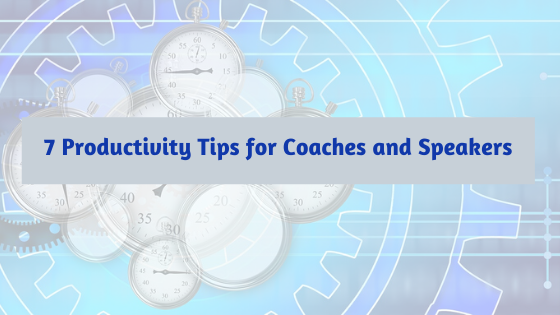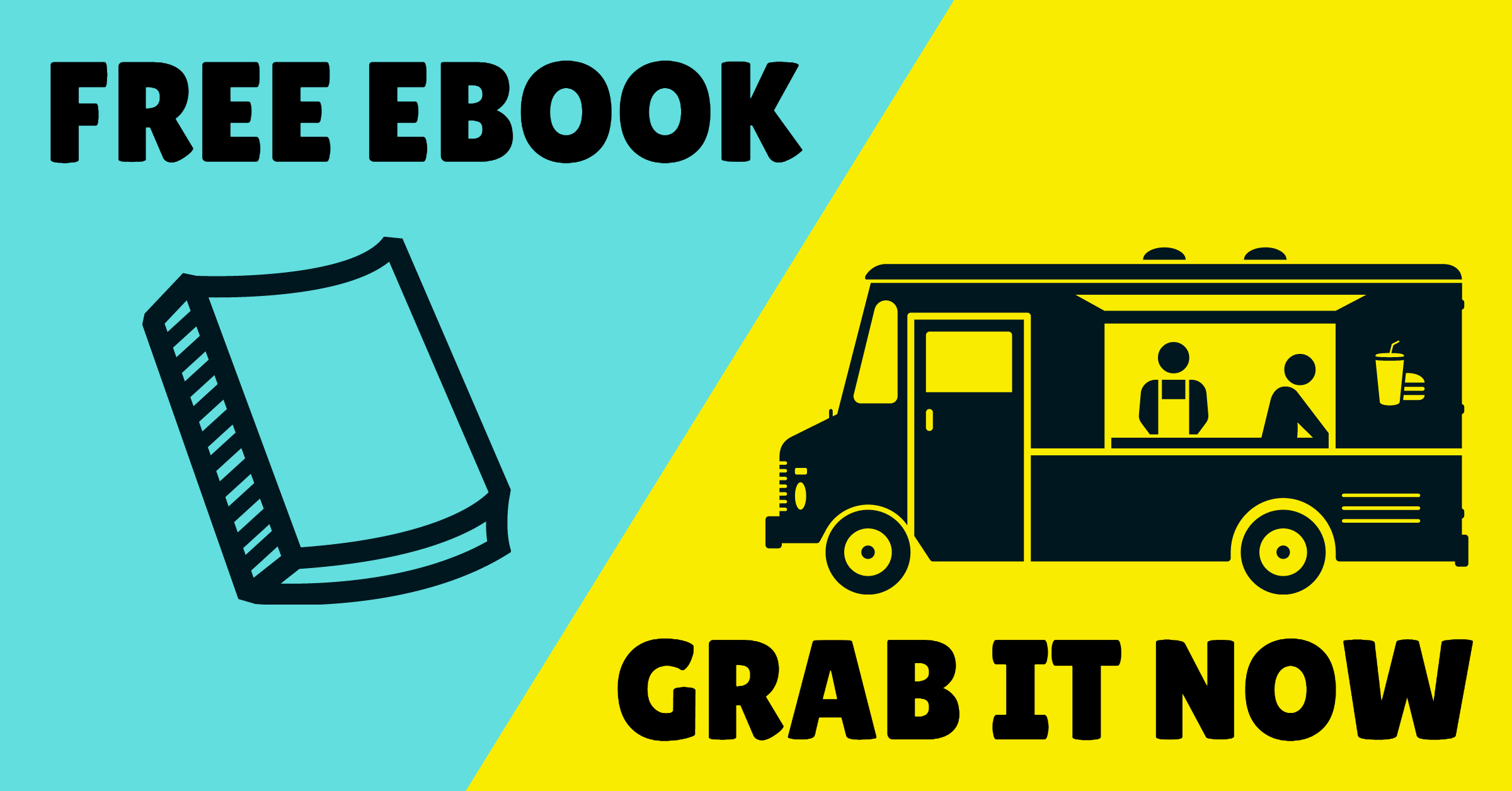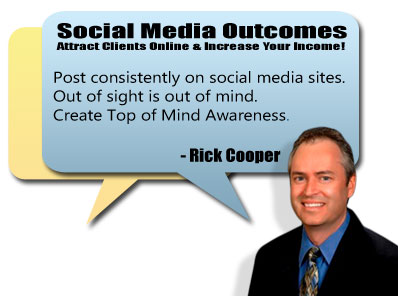
You’ve probably heard that time is money. It’s true and for small business owners, the difference between being productive and wasting time could be the difference between success and failure.
There is only so much time in the day and if you have set ambitious goals for the year, then there is no time to waste. And you can be assured that if you sit still, play small and twiddle your thumbs, your competition will step in and take the clients that you really want to work with.
If you’re a working professional, at some point you’ve reached that barrier where you just can’t seem to be productive anymore. You know what I’m talking about; you hit the wall!
As a coach and speaker, you’re not immune to the imminent burn-out that famously goes hand-in-hand with working. You’re consistently coming up with new material and advice, imagining innovative strategies to inspire, and interacting with people, so you need to be on top of your game.
If you want to lift up and inspire your clients, then you need to peak perform consistently. And that means you need to be productive.
Here are 7 Productivity Tips that Will Help you Manifest your Dreams:
1. Think About What Productivity Means For You
The first step in conquering your workday is defining productivity for your purposes as a coach and speaker. Start by asking yourself some questions. Is productivity doing work that makes me feel accomplished? Is it achieving goals I set? Is it when I make someone else’s day productive?
Growing your coaching practice means consistently enrolling new clients and maintaining a busy schedule filled with coaching sessions. But at the same time, you may want to blog, publish articles and even write a book.
Building a speaker business means booking a speaking engagement, traveling to the venue and delivering a great presentation. But you also have to write and practice scripts, develop Powerpoint presentations and work on that next book you want to launch.
As a coach or speaker, productivity could have more than one definition for you; don’t put yourself in a box. What you deem productive really depends on your brand. And it depends on your goals.
2. Set Goals and Deadlines
Once you’ve thought about what productivity looks like for you, the next logical step is to set goals and deadlines that reflect this. If you want to book an event or engagement, put it on your list along with a feasible, yet strict deadline. Even small day-to-day tasks like reaching out to people or posting on your blog could make the list.
Set goals for completion of deliverables, such as blog posts, articles, videos, presentations, book chapters, and so on. Space your deadlines out over time so you can consistently complete and implement deliverables for maximum impact.
Consistency is key, so don’t leave the office or shut down that computer without designing your productivity list for the next day. When you come back to work, you’ll already have a solid outline for your day.
Also consider using a To Do app or other productivity software program to help you plan and track your results.
3. Come Up With a Process
Creating a to-do list is one part of your action plan, but at some point it needs to become more ‘action’ and less ‘plan’. Design a process from conception to completion of tasks and follow through with it.
Do what works. Conduct your own trial and error by applying your process to a task, analyzing its effectiveness, and determining if anything needs to be changed.
There’s some wiggle room with this strategy as well; try creating multiple processes for different kinds of tasks.
For example, if you plan to lead a webinar, then you need to set a date and time and schedule the event on Zoom, GotoWebinar or other tools. You need to create an event registration page and a success page on your website and integrate the web form with your e-commerce or email marketing system. And of course, you need to promote your event. This whole process could be completed in one or more days. The best part is that this is a repeatable and duplicatable process. And remember, you also delegate tasks to your team.
4. Decide What Tasks Are Most Important
Don’t make the common mistake of letting yourself be fooled by your to-do list. The idea of this list isn’t to get the most things done necessarily, but to get the most important things done. In other words, you need to prioritize the tasks on your list.
If you know you have to edit some of your blog posts but you also know you have to outline some talking points for an event you’ll be speaking at, consider what is more important for you.
It could be that this task will take more time, maybe even your whole day. But just think about how you’ll feel and how much will be accomplished just by knocking out that one task.
Prioritize your task list daily, weekly and monthly. Remove completed tasks. Break out complex tasks into simpler steps. For example, putting “Write a book” on your task list probably won’t accomplish anything. Instead, put “Write 5 pages on Chapter 1” is much more focused and will likely result in progress. Focus on completion, not perfection. Move the project forward.
5. Take Time Away
You can’t help others until you help yourself first. Take time away from work to refresh your mind and come back with a new and refreshed perspective.
This is particularly important for content creators struggling with writer’s block. You need to draw from the wellspring of your creativity to manifest new content and launch new products.
Take a break to clear your mind and remove the thick fog in your brain that’s been blocking you from seeing or prioritizing anything other than work. Take a walk, exercise, listen to music or even take a nap. Allow your brain time to rest and recover and then get back to the task at hand.
Not only will your mind be chock-full of new ideas, you’ll be excited and energized to be back inspiring and helping others. You can produce new material or come at your old material with fresh eyes.
6. Ignore Your Emails
Though a large part of your business is interacting with others, learning from them, giving them advice, and more, to be productive sometimes it means closing out your email and turning off notifications to free up your mind to achieve a higher level of concentration and deep focus.
Not realizing the impact small interruptions have on your day is a significant oversight. Set time aside in your day to get work done without interruptions. The total time you get back could be the difference in increasing your overall productivity.
Some lifestyle experts have suggested limiting email processing to just twice per day. Personally, I have found it difficult to pick an exact time each day to respond to emails. However, on average, I review and process emails once or twice a day. The key is that I focus on answering emails for 30 minutes or so at a time. That allows me to be productive, but not get sidetracked from the important responsibilities in my business that will drive success.
7. Think Outside the Box
It can be nerve-racking to try new things, especially when you’ve got your old faithful ideas that have always worked for you.
If you’re in a rut with content creation or new ideas, journey outside your comfort zone. It can be exciting to try new things and can give you a new appreciation for your work.
Also, talk with speakers and coaches and find out what works for them. I have gained many insights over the years from talking with peers and mentors.
Starting Anew
The good news is that every day is a new day. It’s a new day to wipe the slate clean and begin again. It’s a new day to reconnect with your goals, get motivated, and take action. And it’s a new day to make a difference in the world!



Connect with me Online: